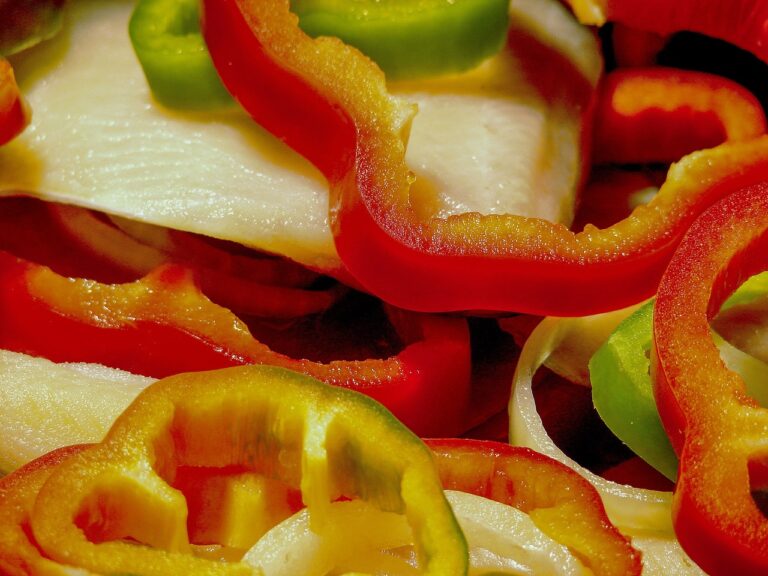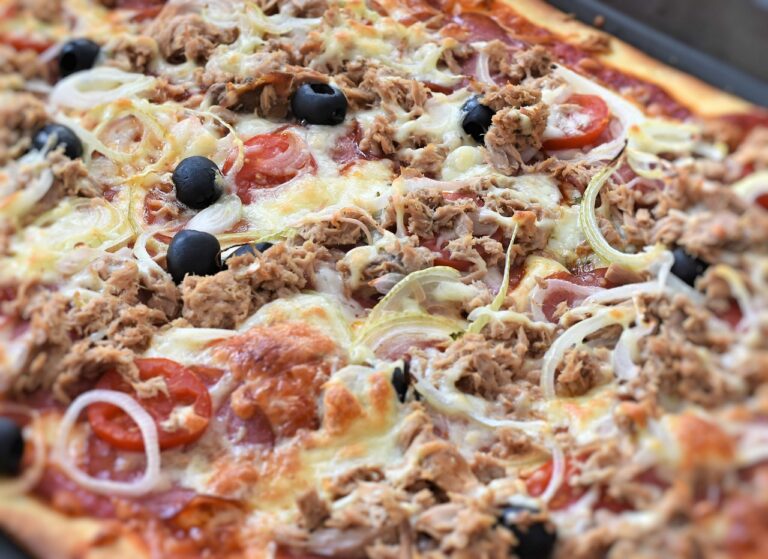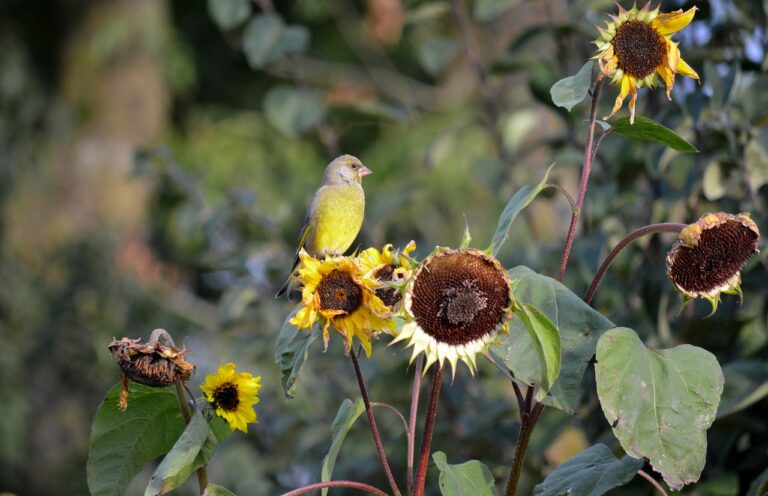Poultry Farming and Circular Economy Practices: 11xplay reddy login registration, Gold365 login, Skyfairs new id
11xplay reddy login registration, gold365 login, Skyfairs New ID: Poultry farming is a booming industry that plays a crucial role in providing a sustainable source of protein for millions of people around the world. However, like any other industry, poultry farming also has its environmental challenges. The production of poultry meat and eggs consumes significant amounts of resources, generates waste, and has a high carbon footprint. This is where circular economy practices come into play.
In recent years, there has been a growing emphasis on implementing circular economy practices in various industries, including agriculture. Circular economy principles focus on minimizing waste and maximizing the use of resources, thereby creating a closed-loop system that is both environmentally and economically sustainable. When applied to poultry farming, these practices can help reduce environmental impact, increase efficiency, and improve overall sustainability.
In this article, we will explore the concept of circular economy practices in poultry farming and discuss how farmers can implement these practices to create a more sustainable and environmentally friendly operation.
1. Efficient Feed Management
One of the key components of circular economy practices in poultry farming is efficient feed management. Poultry feed accounts for a significant portion of production costs and resources used in the industry. By optimizing feed formulation, minimizing wastage, and utilizing by-products from other industries, farmers can reduce costs, minimize waste, and improve overall efficiency.
2. Integrated Farming Systems
Another important aspect of circular economy practices in poultry farming is the implementation of integrated farming systems. Instead of operating as standalone units, farmers can integrate poultry farming with other agricultural activities, such as crop production or aquaculture. This integration allows for the utilization of by-products and waste from one system as inputs for another, creating a closed-loop system that maximizes resource efficiency.
3. Resource Recovery and Recycling
Circular economy practices in poultry farming also involve resource recovery and recycling. By implementing systems to collect and recycle waste products, such as manure and bedding materials, farmers can reduce environmental pollution, save on disposal costs, and create valuable resources for use on the farm, such as compost or bioenergy.
4. Water and Energy Efficiency
Water and energy are essential resources in poultry farming that can have a significant impact on the environment. By implementing water-saving technologies, such as drip irrigation or water reclamation systems, farmers can reduce water usage and minimize environmental impact. Similarly, by investing in energy-efficient equipment and renewable energy sources, farmers can reduce energy costs and lower carbon emissions.
5. Product Diversification and Value-Added Products
Circular economy practices in poultry farming also involve product diversification and the creation of value-added products. By expanding product offerings, such as organic or free-range poultry meat and eggs, farmers can cater to different market segments and increase profitability. Additionally, by processing poultry by-products into valuable products, such as pet food or fertilizers, farmers can reduce waste and create additional revenue streams.
6. Collaboration and Partnerships
Finally, circular economy practices in poultry farming can be enhanced through collaboration and partnerships with other stakeholders, such as government agencies, research institutions, and industry associations. By working together, farmers can share knowledge, best practices, and resources to create a more sustainable and resilient poultry farming sector.
In conclusion, circular economy practices offer a promising approach to improving sustainability and reducing environmental impact in the poultry farming industry. By implementing efficient feed management, integrated farming systems, resource recovery and recycling, water and energy efficiency, product diversification, and collaboration, farmers can create a more sustainable and environmentally friendly operation. With the growing demand for sustainable food production, adopting circular economy practices in poultry farming is not only beneficial for the environment but also for the long-term viability and profitability of the industry.
FAQs
Q: What is circular economy?
A: Circular economy is an economic system that aims to minimize waste and maximize the use of resources by creating a closed-loop system where products and materials are reused, recycled, or repurposed.
Q: Why is circular economy important in poultry farming?
A: Circular economy practices in poultry farming can help reduce environmental impact, increase efficiency, and improve overall sustainability by minimizing waste, maximizing resource utilization, and creating a closed-loop system.
Q: How can farmers implement circular economy practices in poultry farming?
A: Farmers can implement circular economy practices in poultry farming by optimizing feed management, integrating farming systems, recovering and recycling resources, improving water and energy efficiency, diversifying products, and collaborating with other stakeholders.
Q: What are the benefits of circular economy practices in poultry farming?
A: The benefits of circular economy practices in poultry farming include reduced environmental impact, increased efficiency, lower production costs, improved sustainability, and enhanced profitability.







